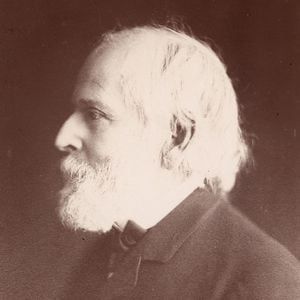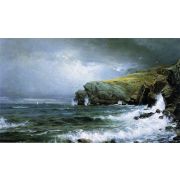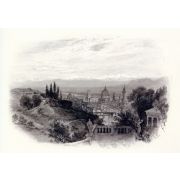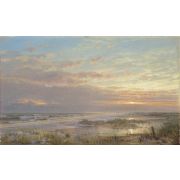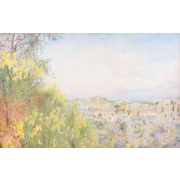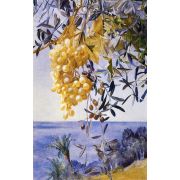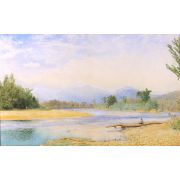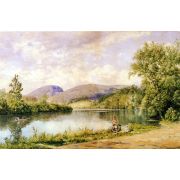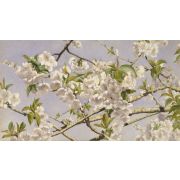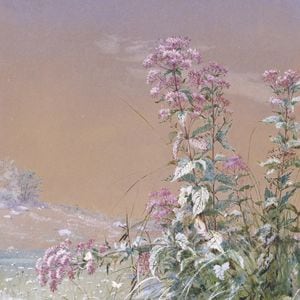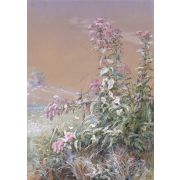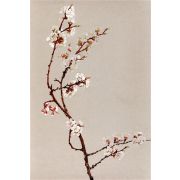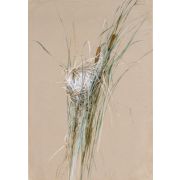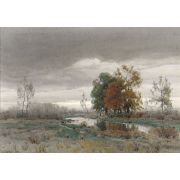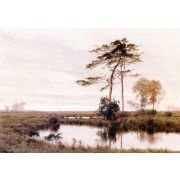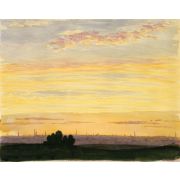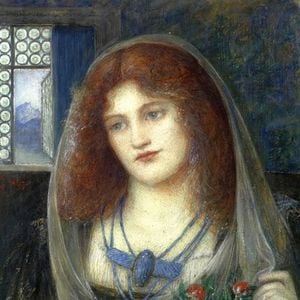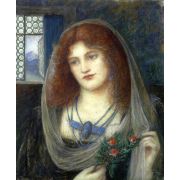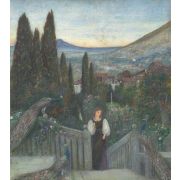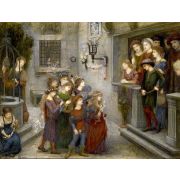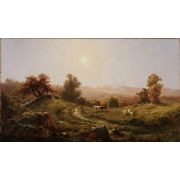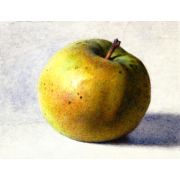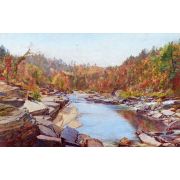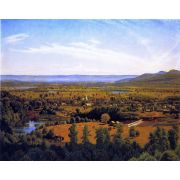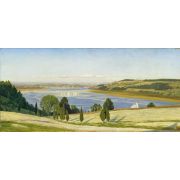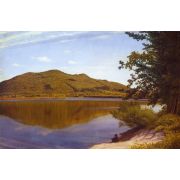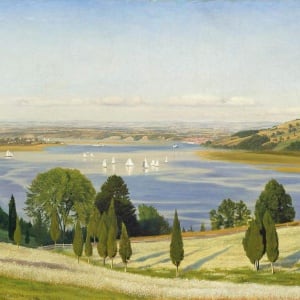
American Pre-Raphaelites
American Pre-Raphaelites
1 to 8 out of 8 artists
William Trost Richards
1833 -1905, American / American Landscape , Hudson River School , and American Pre-Raphaelites, 456 works
Henry Roderick Newman
1833 -1918, American / American Pre-Raphaelites, 63 works
John William Hill
1812 -1879, British / American Pre-Raphaelites, 36 works
Fidelia Bridges
1834 -1923, American, Female Artist / American Pre-Raphaelites, 22 works
Henry Farrer
1843 -1903, British / American Pre-Raphaelites, 17 works
Marie Spartali Stillman
1844 -1927, British, Female Artist / American Pre-Raphaelites, 16 works
Charles Herbert Moore
1840 -1930, American / American Pre-Raphaelites, 15 works
1 to 8 out of 8 artists
During the middle of the 19th century, landscape painters in the United States formed a group called the American Pre-Raphaelites. It was named after the Pre-Raphaelite Brotherhood and John Ruskin, who enormously impacted the people who were part of it. Thomas Charles Farrer, a painter, was in charge of the movement, and many of its members worked to end slavery. Their work together didn't last long; by 1870, the move was mostly over.
The American Pre-Raphaelites were painted in a bright, realistic style. Unlike their English counterparts, they didn't paint people. Instead, they painted landscapes and still lifes. In the 1860s, American Pre-Raphaelites encouraged artists to paint still lifes and scenes from nature.
Like the English Pre-Raphaelites, the American Pre-Raphaelites paid close attention to realism and natural subjects in their paintings. They also had a high level of finish and detail. A violet in the foreground of one of William Stillman's paintings is said to have taken him three months to paint. Similarly, the Pre-Raphaelites often criticized artists like Albert Bierstadt for not doing enough studies before painting. For example, they criticized Bierstadt's The Rocky Mountains and Lander's Peak by saying that "twenty times the study that the artist has given to this picture—study represented by actual sketches, built upon a previous ten years... would not have justified him in trying to fill such a large canvas."
Because of this, the group was sometimes called the "Realists," which showed that they were against academic art and the New York National Academy of Design.
A critic, Bailey Trela, says that when the world is looked at through a scientific lens, it shows too much detail, turning nature into decoration. As time passed, the American Pre-Raphaelites were called "unimaginative" and criticized for sticking too closely to Ruskin's argument against expressive art, which he called the "pathetic fallacy."
Even though they liked the naturalist focus of English Pre-Raphaelitism, they didn't use moral scenes or medieval settings in their works. The American artists often painted "rustic, informal" landscapes and still lifes, and they liked to paint bird's nests in particular.
